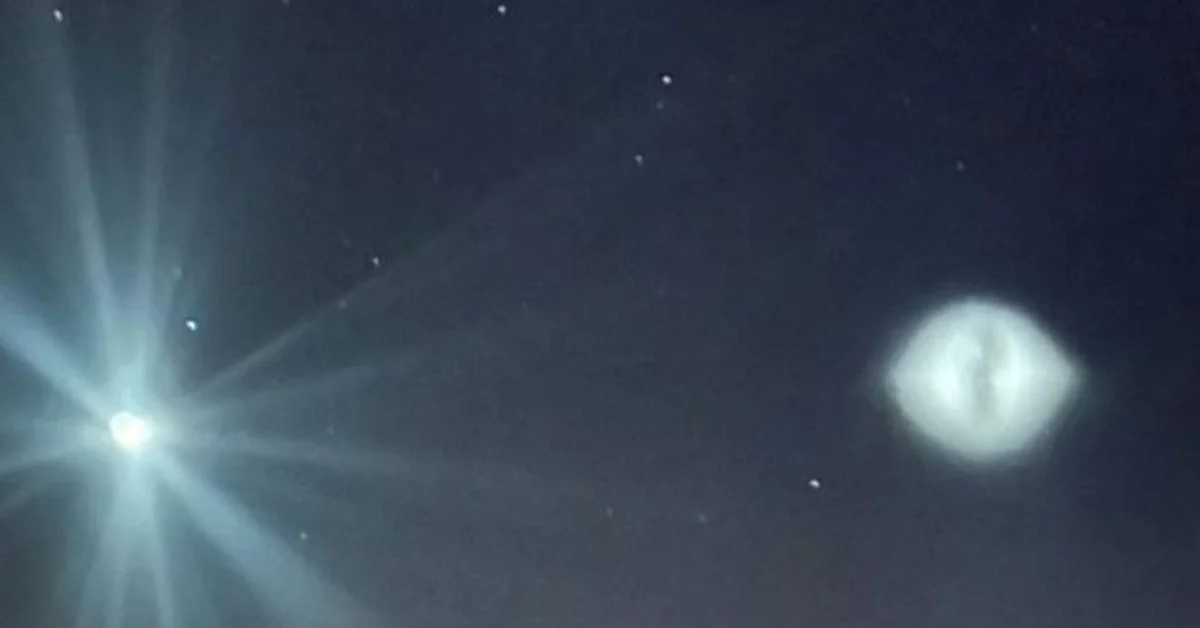On a recent morning in parts of northern China, residents looked up and found themselves staring at a kaleidoscopic sky—vibrant, multicolored, and mesmerizing. This wasn’t a digital effect or light show. It was nature at work, triggered by a rare ice crystal phenomenon that turned the sky into a canvas of refracted light.
What Exactly Happened?
The kaleidoscopic sky in China was caused by a rare atmospheric optical event known as halo phenomena. These occur when sunlight interacts with ice crystals suspended in the upper atmosphere. Unlike rainbows, which are caused by water droplets, these halos are formed by hexagonal ice crystals in cirrostratus clouds. When the sunlight hits them just right, the light bends and reflects in ways that create brilliant displays—like sun dogs, light pillars, and in this case, a full-spectrum kaleidoscopic sky.
Why It Stunned So Many
While halo phenomena aren’t unheard of, the vividness of this event made it stand out. Residents flooded social media with photos and videos, many describing the view as “otherworldly” and “unbelievable.” The colors were especially intense due to the high purity and alignment of the ice crystals, which acted almost like prisms in the sky. For many who witnessed it, it was a once-in-a-lifetime sight.
The Science Behind Kaleidoscopic Skies
At its core, this ice crystal phenomenon is a simple case of physics. Light passes through flat, hexagonal ice crystals in the sky and is refracted—split into multiple colors. When these crystals are uniformly aligned, the refraction creates consistent patterns of light that can include arcs, circles, and colorful streaks. What happened in China was a perfect storm: optimal cloud height, temperature, and sunlight angles.
Are These Skies Dangerous?
No—at least not directly. Kaleidoscopic skies caused by ice crystal phenomena are purely visual and pose no risk to health or safety. However, they can signal changing weather patterns. For example, the presence of cirrostratus clouds might indicate an approaching warm front. But for the average person, it’s mostly just an awe-inspiring sight.
Why This Moment Matters
In a fast-paced world, it’s easy to overlook the natural beauty above us. The kaleidoscopic sky over China served as a reminder that the atmosphere still holds surprises. These rare visual events, driven by ice crystal phenomena, offer not just stunning visuals but also insight into the complex workings of Earth’s upper layers.
For those who missed it, the good news is this phenomenon can happen again—just maybe not when or where you expect it.



